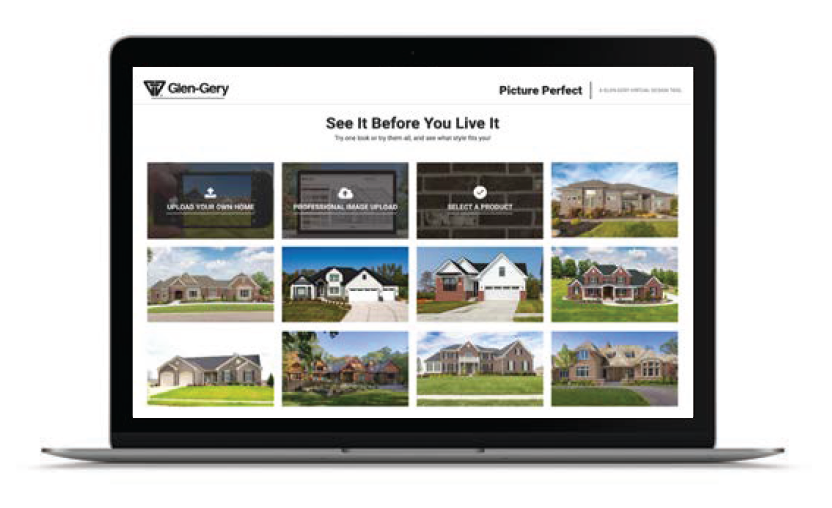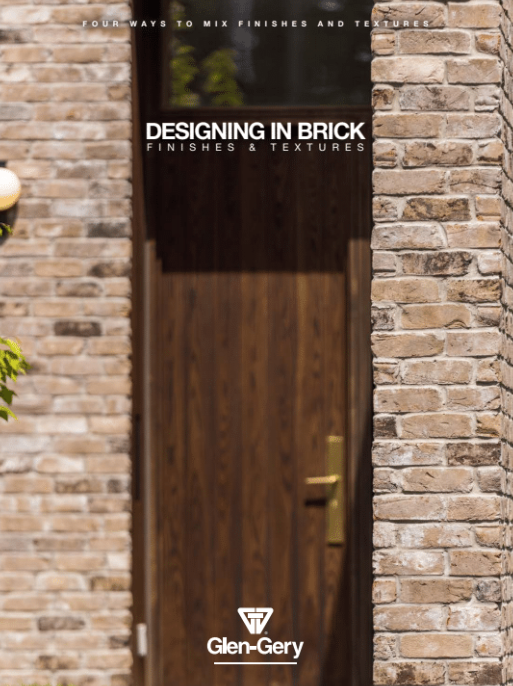Designing in Brick: Finishes & Textures
Designing in Brick: Finishes & Textures
Of all the building products commonly used today, brick holds a special place in the lexicon of home design. Like stone, brick’s lifespan is measured in centuries. Its wide variety of colors, finishes, and masonry techniques are what continue to make it an indispensable tool for creating texture.
Specifically, brick is perfect for adding variety and dimension to a home. While traditionally it has adorned exteriors, in the last century, masons, interior designers and homeowners have found new ways to bring brick indoors through accent walls, fireplaces, and other features.
Because brick is available in many different finishes, it allows architects, designers, and homeowners to create a wide range of textural effects inside a home.
Four Ways to Mix Finishes and Textures
Layered Texture
Layered texture involves creating intentional depth within a room, which adds interest and richness.
One of the most popular ways to accomplish this is with a background brick accent wall. A critical piece of maximizing the impact of such a background, however, is keeping in mind what's happening in the foreground. Choose furniture, fabrics, wall colors, and other materials that create layering in front of the wall
PRO TIP: For interior brick walls, choose a brick with a smooth finish to make dusting easier.
Contrasting Texture
Contrasting texture is an eternal mainstay of home design trends - it's what draws eyes around a house's interior or exterior and encourages curiosity and delight.
Use contrasting textures to add visual interest and break up a monochromatic color palette. Look beyond the obvious elements like walls and furnishings. How can you use fabrics, artwork, and object placement to create contrast in a room or on a house's exterior?
PRO TIP: Contrasting textures are by no means limited to textures in the same color family. Be bold - for example, contrast burgundy brick exterior walls with brightly colored fixtures and paint choices.
Tactile Texture
Tactile texture to a texture you can physically touch - and though you may not always interact with materials by touching them, the visual effect of such textures make an impression.
Use varied finishes, ranging from smooth to rough, to create dimension in a room. For example, you can use two types of brick finishes to add multiple layers of tactile texture to an interior accent wall. You can also use different brick finishes to create the same effect on a house's exterior.
PRO TIP: Brick is particularly good at creating tactile texture because of its wide range of finishes: smooth, wirecut, glazed, etc.
Visual Texture
Different brick textures and finishes
Brick's wide range of textures and finishes keeps its at the forefront of design trends. Here are some categories from which to choose:
- Glazed bricks: These feature a smooth, glossy finish in a wide range of colors, making them perfect for contrasting textures. As an added bonus, the glaze makes these bricks impervious to the elements.
- Molded bricks: Molded bricks have softened edges, giving them a subtle contour that adds texture. Combined with the variety of colors available, they are excellent for layered texture profiles.
- Klaycoat® bricks: These are stately and modern and are an excellent option for visual texture. These are available in a smooth and wirecut texture.
Best practices for adding texture and finishes to design
Keep the following tips in mind:
Don’t overdo it.
Too much texture can cause confusion and make a home look busy and unfocused. Determine your style ahead of time and curate your pieces to fit this goal.
Start big and work downward.
Begin by choosing the largest source of texture, and add elements based on that. On a home’s exterior, this would be the exterior walls; on an interior, this could be an accent wall, fireplace, or another focal point.
Lean on your designer.
When in doubt, consult a designer — particularly if you are a homeowner taking on a large DIY project. A skilled interior designer can help you plan out your project and make tasteful choices.
Conclusion
Brick is one of the best home-building products for design choices. Not only is it unmatched in durability, but it also added incredible texture to a home's exterior and interior.
Some of the best ways to create visual appeal are through layered, contrasting, tactile, and visual textures.
Brick is available in a range of finishes and colors, and homeowners and designers can even mix different types to add texture to a room. Glen-Gery produces glazed, molded, and klaycoat® bricks, among other popular types.
Working with a designer can help you avoid texture overload and can open your eyes to new ways of achieving your goals. Visit a Brickworks Design Studio to receive a one-on-one consultation with a product expert.

